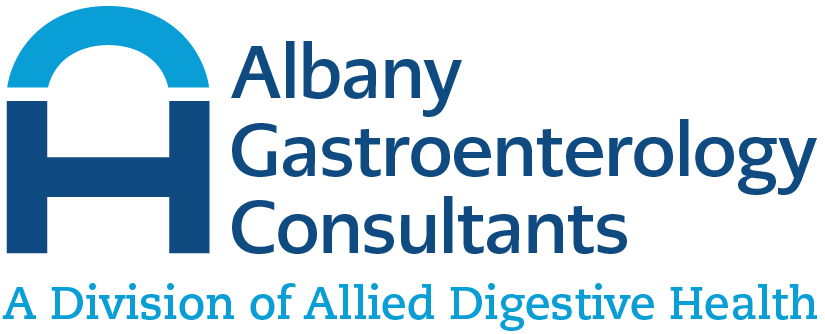What Is Cirrhosis of the Liver?
Cirrhosis is a slow, progressive disease that is marked by severe scarring of the liver. This causes poor liver function, as the healthy liver tissue is replaced by scars over time. It is rare for cirrhosis to be curable, but it can be arrested if treated early on in the stages of the disease. The most common causes of cirrhosis are non-alcoholic fatty liver disease (NAFLD), heavy alcohol consumption over a long period, and hepatitis C. It’s estimated that 1 in 400 adults has cirrhosis in the U.S., and it’s more likely to affect men than women.
What Does the Liver Do?
In order to understand why cirrhosis is so serious, it’s important to understand the liver’s function and what it does. The liver creates blood-clotting proteins, produces bile (which aids with vitamin and mineral absorption), stores vitamins and sugar, cleanses the blood by removing toxins from the body like bacteria and alcohol, and performs hundreds of other vital functions for the body. The liver is a very versatile organ and recovers from most damage quite quickly. For example, if a person with alcohol use disorder is diagnosed with fatty liver, if they cease drinking, most likely, the liver will generate new cells and return to its normal state. However, if the person does not abstain from alcohol, a damaged liver will begin to scar, which over time with continued injury can become irreversible. This can lead to liver failure and death without serious intervention (such as a liver transplant).
What Are the Causes of Cirrhosis?
The three most common causes of cirrhosis are non-alcoholic fatty liver disease, long-term alcohol abuse, and hepatitis C infection. A person with more than one of these underlying conditions is at even greater risk of developing cirrhosis.
Non-alcoholic fatty liver (NAFL) is the most common liver disease in the United States, affecting between 30-40% adults. People who have diabetes, are overweight or obese, have elevated cholesterol or other metabolic disorders are at risk for developing NAFL. While NAFL, which is simply increased fat deposition in the liver, is often harmless, in many people the increased fat leads to inflammation and injury. This is termed non-alcoholic steatohepatitis (NASH), and it is this disorder that leads to scarring and cirrhosis.
When it comes to alcohol, the National Institute of Diabetes and Digestive and Kidney Diseases says that a woman is at risk for cirrhosis if she drinks two or more drinks per day over the course of many years. For men, the risk is three drinks per day or higher. However, these are very conservative statistics. Each case of cirrhosis is different for the individual, but in most cases for both men and women, the development of cirrhosis occurs many years after drinking far more than these amounts (two/three drinks per day). It is typically the result of untreated severe alcohol use disorder.
Hepatitis C also contributes to the development of cirrhosis. Hepatitis C is a viral infection typically contracted primarily through contaminated blood (sharing needles, unhygienic tattoo needles, blood transfusions, etc.) Hepatitis B and D can also lead to cirrhosis.
Other causes of cirrhosis can include:
-
- Iron disorders, such as hemochromatosis and Wilson’s disease
- Damage to the bile ducts, such as primary biliary cholangitis
- Autoimmune hepatitis
- Some medications
What Are the Symptoms of Cirrhosis?
Unlike some other liver problems, such as heightened liver enzymes, you may feel symptoms of cirrhosis. However, during its early stages, it’s rare for people to experience symptoms. As liver damage progresses in cirrhosis leading to liver failure, symptoms will then start to appear. These can include jaundice (yellowing of the skin and eyes), sudden weight loss, pain where the liver is located, nausea, weakness, itchy skin, and fatigue. As cirrhosis progresses, patients may suffer confusion, dizziness, muscle cramps, nosebleeds, hair loss, and loss of muscle mass. Patients can develop leg and abdominal swelling due to increased water retention.
How Is Cirrhosis Diagnosed?
Your doctor will likely ask for your medical history and provide you with a physical exam before performing any other types of diagnostic testing. You should reveal any history of alcohol abuse, autoimmune disorders in the family, or a history of hepatitis C. Your doctor will examine you for signs of tremors, jaundice, increased abdominal girth, pale skin, and red palms.
If your physician suspects cirrhosis, they will run diagnostic tests to confirm the diagnosis. Blood tests, like liver function tests, complete blood count (CBC) and coagulation profile, the latter of which can show how quickly blood clots. Your doctor may also order:
- An upper endoscopy
- Liver biopsy
- Ultrasound of the liver
- MRI
- CT scan
While a liver biopsy remains the gold standard in confirming the presence of cirrhosis, in almost all cases the diagnosis can be established by a physical exam, medical history, lab studies and imaging.
What Are the Treatments for Cirrhosis?
The mainstay of treatment for cirrhosis is two-foid: 1) Halt the progression of liver damage by treating the underlying cause (i.e. abstain from alcohol or eradicate hepatitis C infection) and 2) Manage any complications of liver failure arising from cirrhosis. The main ones are listed below:
-
- Varices – swollen veins in the upper digestive tract that can rupture and cause internal hemorrhage
- Ascites – fluid build-up in the abdominal cavity, which can lead to abdominal swelling and discomfort
- Hepatic encephalopathy – cognitive dysfunction and altered level of alertness due to increased ammonia levels in the bloodstream
- Kidney dysfunction
Various treatments and procedures can be performed to ameliorate the adverse effect of cirrhosis listed above. For example, medications that slow the heart rate and reduce blood pressure, like beta-blockers and nitrates, can be used to reduce the chances of variceal bleeding. Other treatments for cirrhosis include:
- Banding procedures for varices
- Diuretics
- Oral antibiotics
- Lactulose
The outlook for cirrhosis depends on how both severe the scarring is and how well the liver is functioning. Sometimes, the liver can recover enough of its vital function to maintain essential needs for the body once the causative agent behind the cirrhosis has been removed. A good example is someone who has developed cirrhosis and liver dysfunction from excessive drinking. The liver can recover and perform adequately should the individual completely abstain from alcohol. The only recourse for a permanent liver failure from cirrhosis is a liver transplant.

